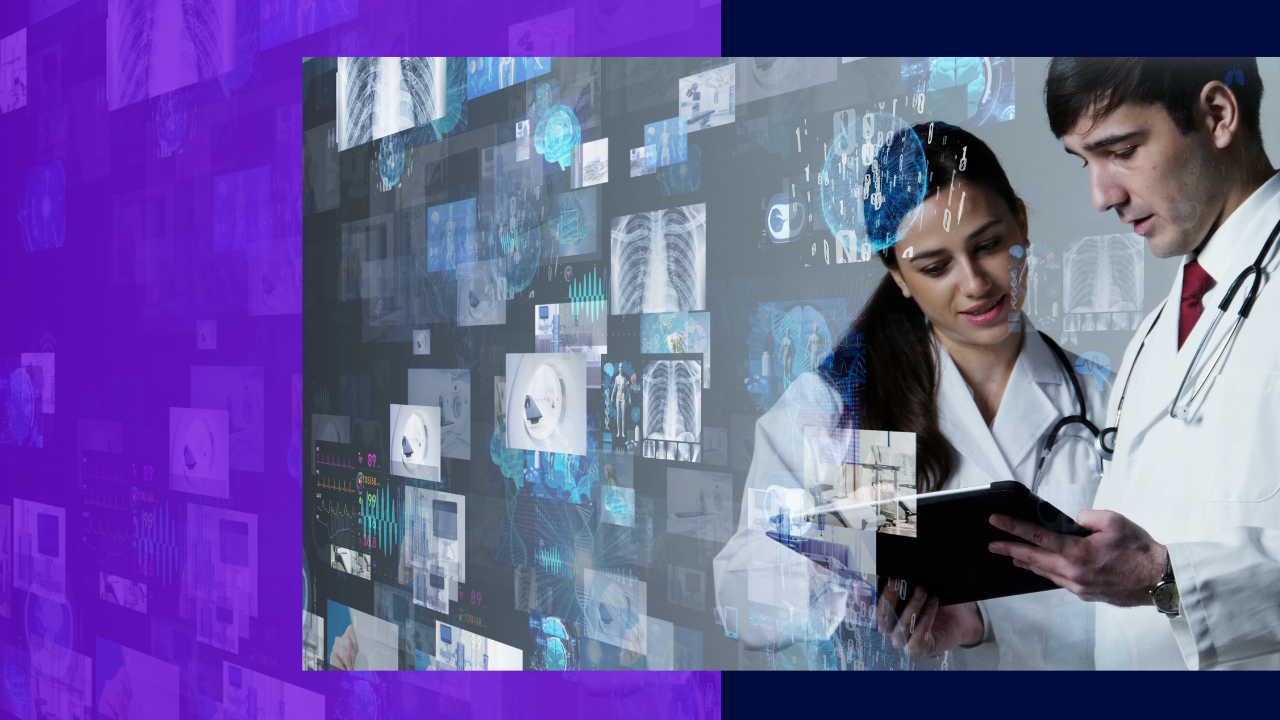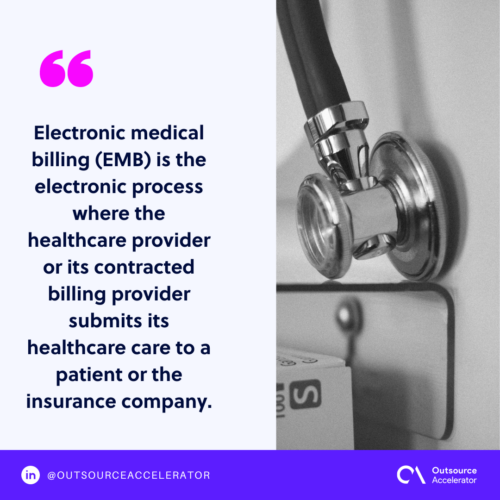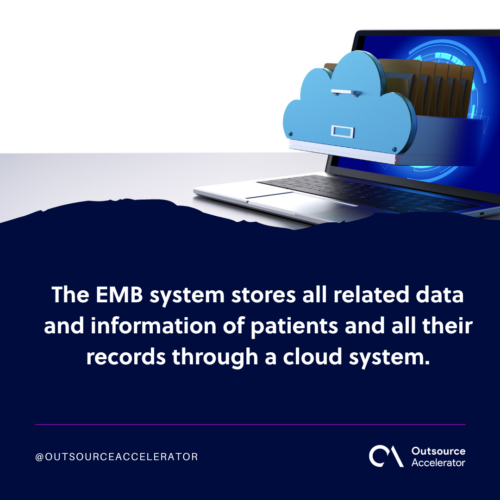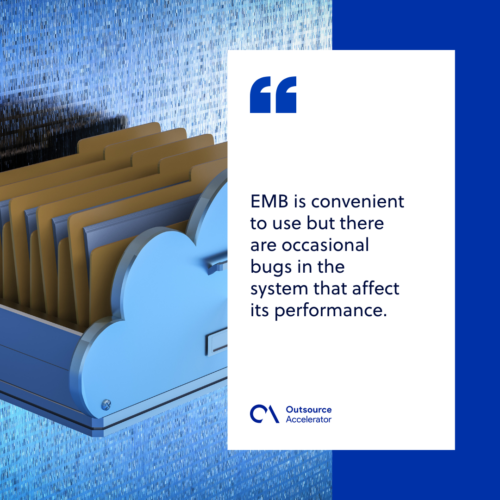The impact of electronic medical billing on healthcare providers

The healthcare industry is being challenged. The combined pressures of an aging society, lower reimbursements from government-subsidized health plans, and a slew of virus outbreaks make the industry volatile.
These multiple stressors create financial difficulties for healthcare providers, forcing them to increase the cost of care and making insurance plans more expensive.
The bulk of administrative operations expenses are included in the rising cost of care. Annually, it is estimated that $360 billion is spent on any billing-related functions of a provider.
This included insurance verification, practice management, and compliance with government regulations. With the advent of automation through electronic medical billing (EMB), the entire healthcare system can be optimized.
A study by Mckinsey & Company reports that digitally capable organizations can reap the benefits of these technologies, especially during times of economic distress.
They can save more, perform better, and do things efficiently. However, not all healthcare organizations are easy to adopt. They are at risk of slow revenue and costly operational expenses.
This article will discuss the nature of EMB and its impact on the healthcare industry.
How does electronic medical billing work?
Electronic medical billing (EMB) is the electronic process where the healthcare provider or its contracted billing provider submits its healthcare care to a patient or the insurance company.
Patient care, such as prescriptions, procedures, and diagnoses, are converted to codes.
The billing department uses these codes to generate the healthcare claim, while the insurance providers counter-check the validity and accuracy of the claims.
Healthcare providers submit healthcare claims through the ANSI 837 file developed by the HIPAA to process claims.
This standard is used to ensure that healthcare providers and insurance companies comply with the institution’s electronic standards.
All of these are checked and reviewed by the healthcare claim adjusters, when approved, are subject to reimbursement based on the determined percentage per procedure.
Meanwhile, denied claims are returned for fixing and further supporting documentation.
EMB has become synonymous with healthcare plans and cards. However, this is not always the case. There are patients who pay out of their pockets.
EMB also provides them options to pay through electronic channels, replace paper bills, and maintain the confidentiality of the documents through passwords.

5 benefits of electronic medical billing
The most commonly cited benefits of automation would be lower costs of operations. However, there is more to EMB than its cost-efficiency.
Below are five other benefits of integrating EMB into company operations:
1. Reduced human error
Paper billing is prone to mistyping codes, record loss, and incorrect patient information. These mistakes, while small, can result in delays and rejection of payment.
Electronic medical records eliminate this through the saved codes in their system that are aligned to industry standards. Not to mention, patient information can be verified easily, making the process of healthcare claims easier.
2. Improved security
The major disadvantage of the paper billing system is that it is stored in cabinets and folders, which can be easily stolen, misplaced, or lost.
The EMB system stores all related data and information of patients and all their records through a cloud system. This system can be accessed anywhere and anytime by the patients themselves and the healthcare organization.
An additional function is that electronic bills and other documents are encrypted, making all sensitive information safe and secure from unauthorized access.

3. Optimized tracking management
Traditionally, medical practices store records in piles of cabinets. These filing cabinets take up too much space and continue to grow as the number of patients increases.
The integration of EMB takes out all these cabinets by turning all of them electronically. The new space can be used for other productive means to increase profitability.
Another advantage of the EMB is that patient records have unique tags and tracking numbers. These are used to locate and extract relevant files for future use.
EMB also supports integrating existing record data with the most recent ones, eliminating redundancy. These records can be accessed through an online website or platform through authorized credentials.
4. Better revenue cycle
Traditionally, medical bills are generated manually. Apart from being error-prone, it is easier to lose these records making it difficult to make follow-ups.
An electronic medical billing service makes tracking accounts receivables, outstanding debts, and collectibles easier. Not to mention, it is more efficient to keep track of inventory records as there is a basis for inventory managers to validate their tallies.
This keeps cash flow more stable and easier to manage compared to going through heaps of paper records to keep track of medical bills.
5. Shorter patient wait time
On average, it takes three to four hours to discharge a patient. Aside from the density of patients that a hospital has, processing medical bills takes the lion’s share of the blame.
The lack of systematized medical billing procedures can complicate this. Relying too much on manual records can decrease patient satisfaction.
In the long run, this can negatively impact the reputation and image of the provider. The good thing with electronic medical billing systems is that it synchronizes all departments reflecting real-time procedures and care provided to a patient.
This makes it easier to generate the bill in a matter of minutes, have it approved by the insurance provider, and discharge the patient.
Common challenges of electronic medical billing
The EMB system is not without flaws. With advancements in technology come major challenges in the systems. Some of the common challenges include:
Privacy concerns
While digital patient information cannot be lost, it can be stolen by hackers and leaked. This is dangerous as there are sensitive illnesses that patients do not wish to be made public.
Their reputation can be jeopardized, and their private lives suffer. At the same time, patient information can be used by hackers to create fake IDs for illegal transactions.
Fortunately, there are various cybersecurity measures that healthcare institutions can employ to address this.
System glitches
EMB is convenient to use, but there are occasional bugs in the system that affect its performance. In the event this happens, the system will usually need resetting.
The rebooting usually takes hours to be completed. During this time, data and information cannot be accessed, but still, its security is assured.
These delays can have an impact on the operations of the organization. Fortunately, bugs can be fixed through system updates which are usually part of the system upgrades conducted regularly.

Expensive investments
EMB and related applications cost thousands of dollars. This is also why most healthcare organizations are not fully switching to automated solutions.
It takes an executive decision for the switch to happen. Fortunately, it has been proven that automation leads to financial well-being in the long run.
Familiarity with different medical billing and coding systems
Despite its convenience, electronic medical billing follows different types of systems that students, even accomplished coders, and billers need to be familiar with – the EMR & EHR systems
The electronic medical record is like the patient health chart of a patient in one healthcare facility stored and recorded. Meanwhile, an electronic health record (EHR) contains the entire medical history of a patient across all the doctors it has consulted.
Learning these two completely different systems is quite a challenging task. Learning the system requires time and patience in knowing the different conventions and processes.
With this, using the data in the system can be quite challenging. Free access and transfer might become an issue if there are no known operators of the system.
This can be addressed through training and consistent exposure to the systems.
Technical updates
Conventions in medical billing often change due to continuous upgrades and updates. For instance, CPT and ICD codes depend on global standards used to define specific services and conditions.
These globally recognized codes are used in medical coding and billing, which standardizes the level of accuracy and efficiency needed.
These codes make it easier to define and report various diseases and health conditions. It makes information sharing easier and smoother.
With the continuous updates and changes in the codes, it might become challenging for medical coders to identify the correct codes for procedures and health conditions.
Accuracy in electronic medical billing is also a must. Incorrect medical codes or errors in other details in the medical bill will lead to denial or rejection.
Why switch to electronic medical billing?
There are so many reasons why EMB is way more effective and efficient compared to manual billing. This article has thoroughly explained why the shift is necessary.
But the major factor that needs to be considered is that the entire society and healthcare industry is slowly becoming digital and automated.
The inability to adopt digitalization in medical records can cause interoperability issues and possibly penalties from the governments.
This can be quite challenging and expensive compared to the cost of digitalization. While the costs are hard to be overlooked, the benefits will outweigh the initial costs in the long run.







 Independent
Independent




